When playing a martial class in Dungeons & Dragons, or characters who rely on traditional weapon-based combat rather than magic, a player’s choice of equipment significantly influences their character in combat. Even in the earliest stages of a campaign, players are able to select gear for their characters, having a wide variety of options to choose from when it comes to their starting weaponry.
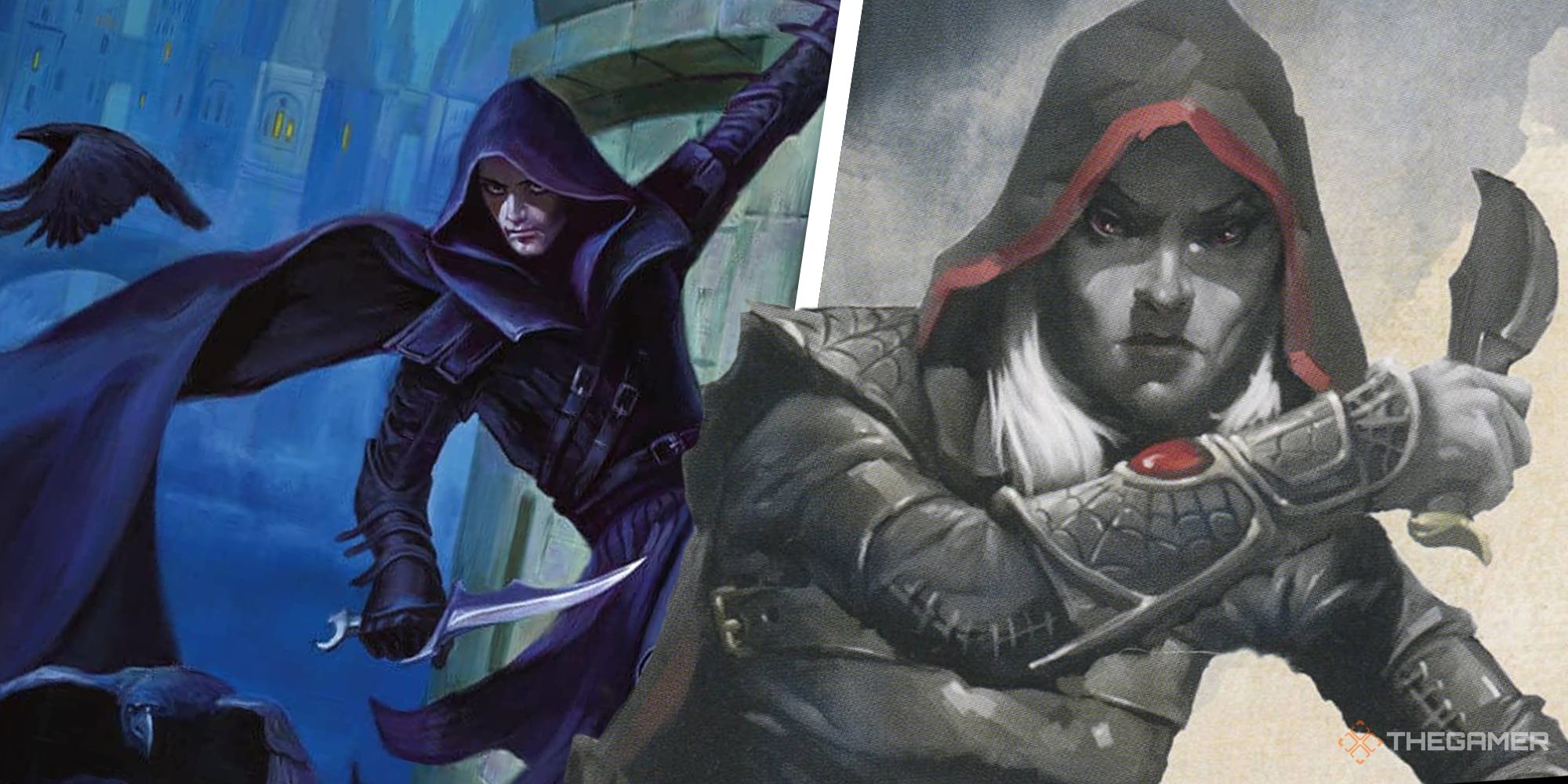
Related
Dungeons & Dragons: The Sneak Attack Ability Explained
You didn’t imagine it; you did see the shadow in the corner of your eye move.
As different types of weapons offer different utility, pros, and cons, it’s important that players choose weapons that will help support their playstyle. When viewing weapon types, these can have various attributes that influence how they’re used and the types of characters that may excel with them. So today, we’re going to delve into everything you need to know about the various types of weaponry in D&D.
Damage types, weapon properties, and weapon types are all different things, not used interchangeably. This article details weapon types and properties. To learn more about the damage types, like slashing and bludgeoning, check our article here.
Updated on February 12, 2025 by Jack Filsinger: With the release of the 2024 Player’s Handbook, some rules have changed regarding Simple, Martial, and Ranged weapons. We’ve updated our DND weapons list, and some of the sections of this guide to include new stats, effects, and properties for every different weapon type in DND, as well as added rules on Weapon Mastery.
What Are Simple And Martial Weapons?
Simple Weapons
Simple Weapons are among the most straightforward and basic weapons found within Dungeons & Dragons. They are also the most widely accessible options around.
Regardless of a character’s class, spellcasters such as wizards and sorcerers are capable of wielding simple weapons such as daggers and quarterstaves.
This widespread accessibility comes at a cost, however. Simple Weapons are not able to match the potency of other gear available in terms of damage.
Martial Weapons
Martial Weapons are what most players tend to envision when discussing weaponry in D&D. These are the weapons that require martial prowess and training to wield properly.
Martial Weapons are most commonly found in the possession of characters of Martial Classes such as barbarians, fighters, paladins, rangers, rogues, as well as some clerics and bards.
Between various types of swords, ranged weaponry, and heavy-hitting gear like Greataxes and Mauls, Martial Weapons tend to deal more damage than Simple Weapons and often have useful traits that can assist their wielder in combat.
How Does Range Work In DND?
Any and all weapons that can be fired or thrown have a range, denoting how far such a weapon can reach when used to attack a foe.
All ranged weapons have two noted ranges. For example, a Longbow is listed to have both a range of 150 feet and 600 feet.
The lesser of these ranges is the weapon’s default range, meaning you can take attacks as normal. However, anything between the default range and the larger range requires an attack made in such a manner to be made at disadvantage due to the increased distance.
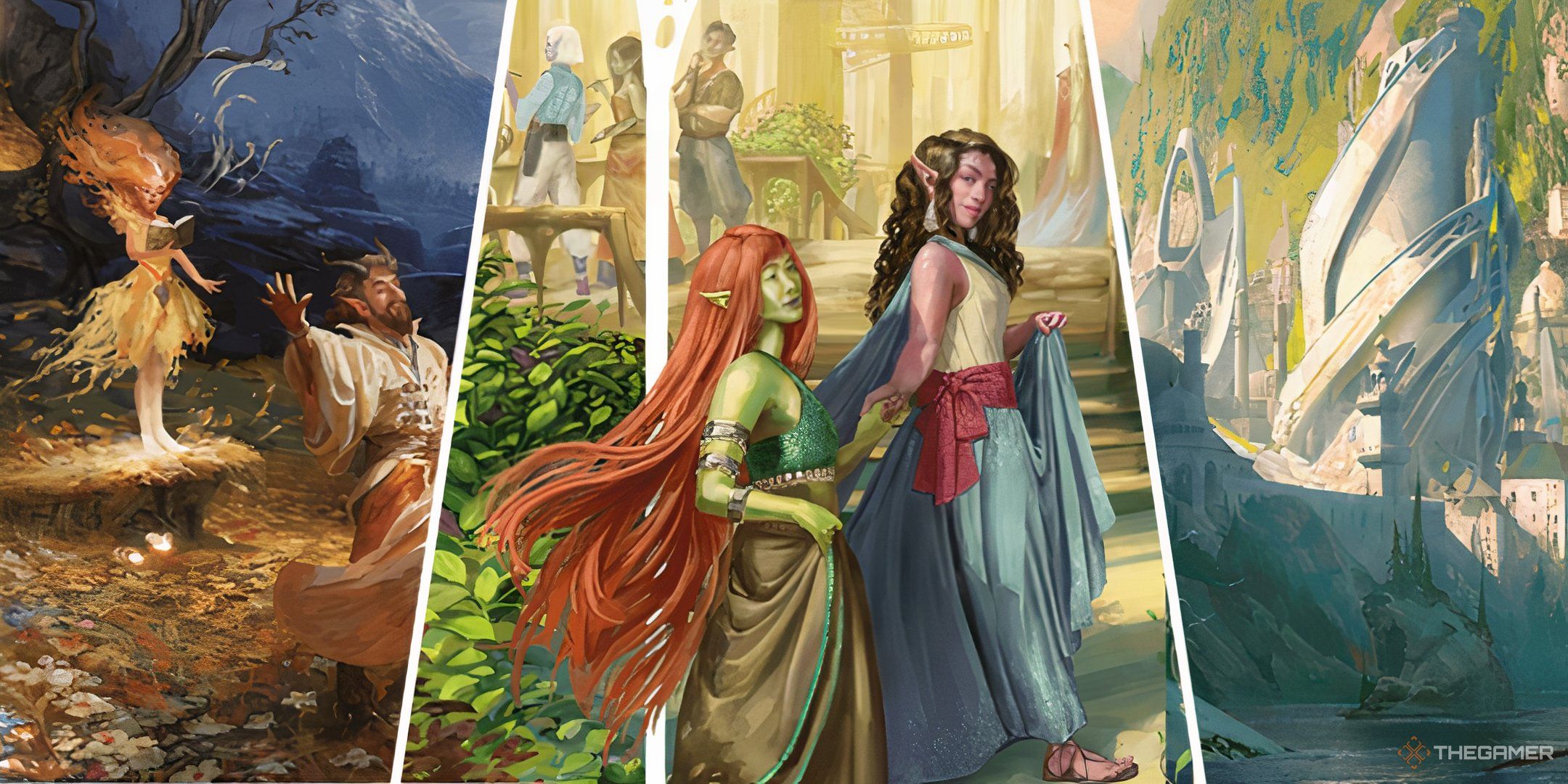
Related
Dungeons & Dragons: The Types Of Elves Explained
Elves come in many shapes and forms in D&D. Check out your favorite ones.
What Are Weapon Properties?
Weapon properties are traits that apply specific rules and conditions to the usage of weapons. These rules can be boons or nerfs that hinder or help the wielder.
Ammunition
Any type of ranged weapon that isn’t a throwing weapon has the Ammunition property. This means that to fire that weapon, a character must have sufficient ammunition in their inventory.
For example, bows require arrows to fire, and crossbows require bolts.
Luckily for those looking to wield ranged weaponry, ammunition is quite affordable in Dungeons & Dragons and won’t require a significant investment of gold.
Finesse
The Finesse weapon property is often incredibly sought after by characters of theeuphe ranger and rogue classes, as well as some fighters. This is because while many weapons utilize a character’s Strength score when calculating attack and damage rolls, a Finesse weapon allows you to substitute your Strength with your Dexterity.
This means that in the hands of a character with pitiful strength and impressive dexterity, a character can still deal sizable melee damage as long as their weapon has the Finesse property.
Heavy
Some of the largest and most cumbersome weapons available within Dungeons & Dragons are stated to have the Heavy property. If a weapon has the Heavy property, you must follow these rules.
- You have disadvantage on attack rolls with a Heavy melee weapon if your Strength score is less than 13.
- You have disadvantage on attack rolls with a Heavy ranged weapon if your Dexterity score is less than 13.
This limits the types of characters that can effectively wield such a weapon. This drawback is usually offset by superior damage output of improved range through the Reach property (more on this one below).
Light
Weapons with the Light property are notably lightweight and easy to wield with a single hand.
While many weapons without this property can be held in one hand, Light weapons are known for their ability to be used for dual-wielding.
If a weapon has the Light property, and you take the Attack action on your turn with it, you can make one extra attack as a Bonus Action later on the same turn, provided that the extra attack is made with a different Light weapon.
When you make this attack, you don’t add your ability modifier to the extra attack’s damage unless that modifier is negative.
Loading
Found as a property within some types of ranged weaponry, the Loading weapons require the armament at hand to be loaded with somewhat cumbersome ammunition before being fired.
Due to this trait, such a weapon can only be fired once per action, bonus action, or reaction regardless of how many attacks the attacking creature has access to.
Reach
The Reach property can be found on many of the largest and longest weapons available in D&D, providing the weapon’s wielder with additional flexibility when attacking.
While a character’s melee attacks normally have a range of five feet, a weapon with this trait increases its range by five additional feet, allowing a character to more reliably access targets on their turn.
Thrown
As the name would imply, weapons with the Thrown property provide increased flexibility, as they can be used either as a melee weapon or as a ranged weapon.
Most ranged weapons such as bows utilize a character’s Dexterity. However, a Thrown weapon allows a character to use their normal ability score modifier, as if they were making a melee attack.
Two-Handed
A straightforward weapon property, Two-Handed weapons require the use of both of a character’s hands in order for the weapon to be properly used.
This not only prevents a character from dual-wielding, but it also prevents them from benefiting from the use of a shield.
While the added AC of a shield can be quite helpful, luckily, many Two-Handed weapons provided an alternative benefit such as improved damage output or an increased melee attack range.
Versatile
Weapons with the Versatile property offer a character distinct flexibility. This is because while a Versatile weapon can be effectively used with a single hand, a character can also opt to wield that weapon with two hands.
By choosing to use each of a character’s hands to wield a Versatile weapon, that character is often rewarded with increased damage dice.
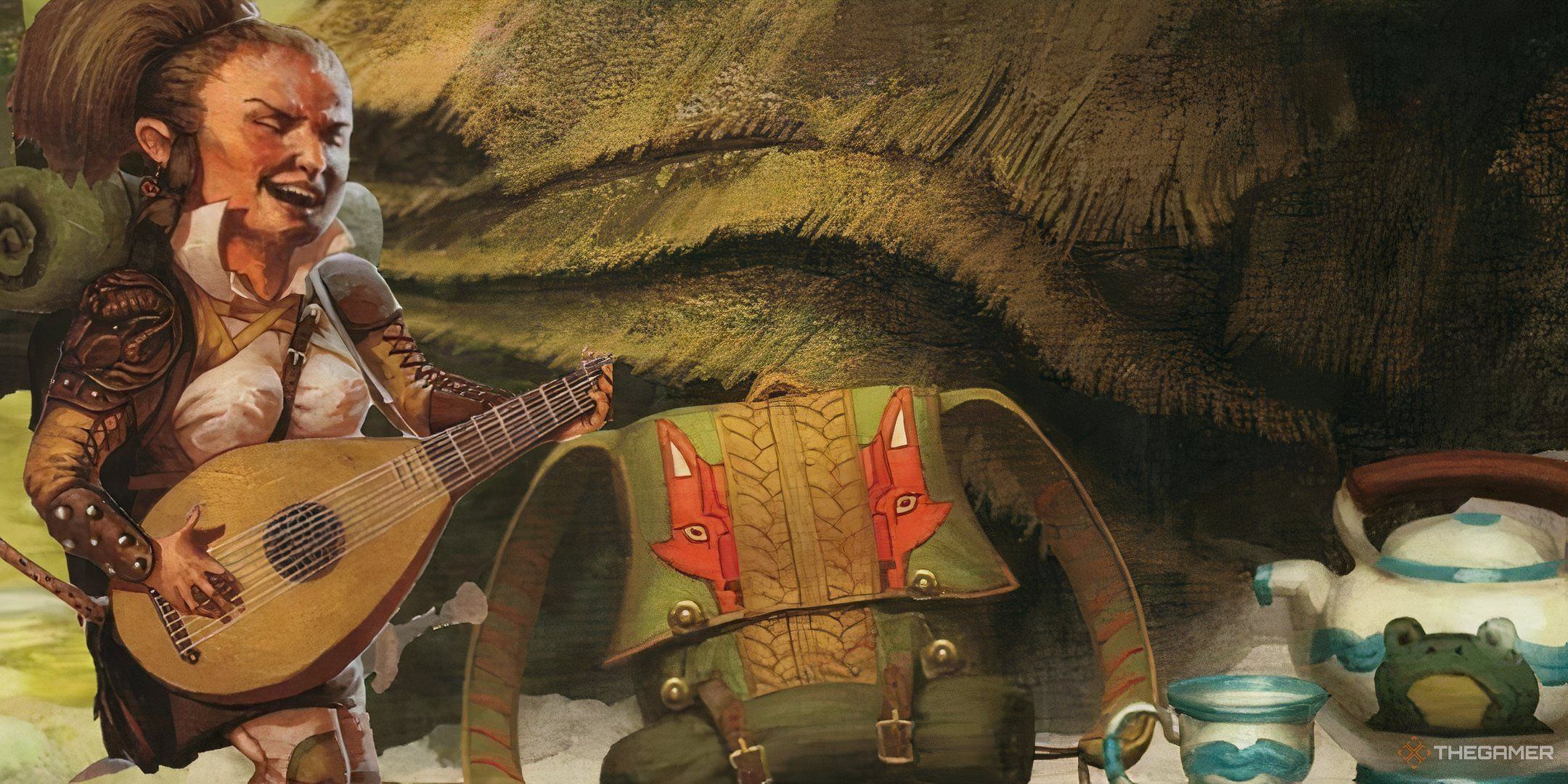
Related
Dungeons & Dragons: Which Equipment Pack Should You Choose?
With so many choices, we’ll help you determine which equipment pack is best for you.
What Are Weapon Mastery Properties?
Each weapon possesses a Weapon Mastery property. These are powerful abilities that make each weapon more impactful.
These properties, however, are only accessible by a character who has a feature (like the Weapon Mastery feat) that unlocks this ability.
Fighters, barbarians, rogues, paladins, and rangers also earn Weapon Mastery at certain levels.

Next
Dungeons & Dragons: How To Use Siege Weapons
Because the BBEG has been in that castle a little too long.


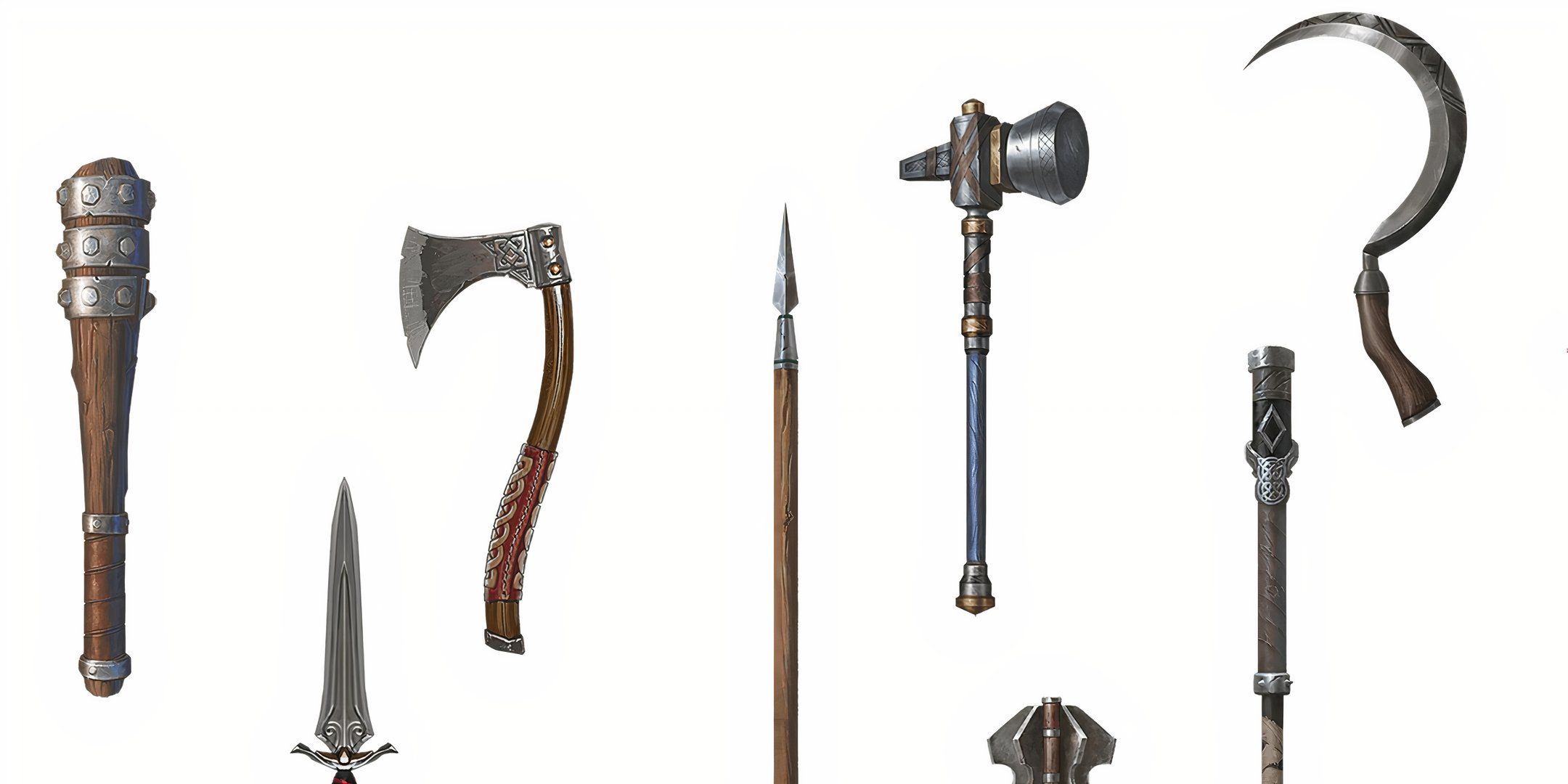
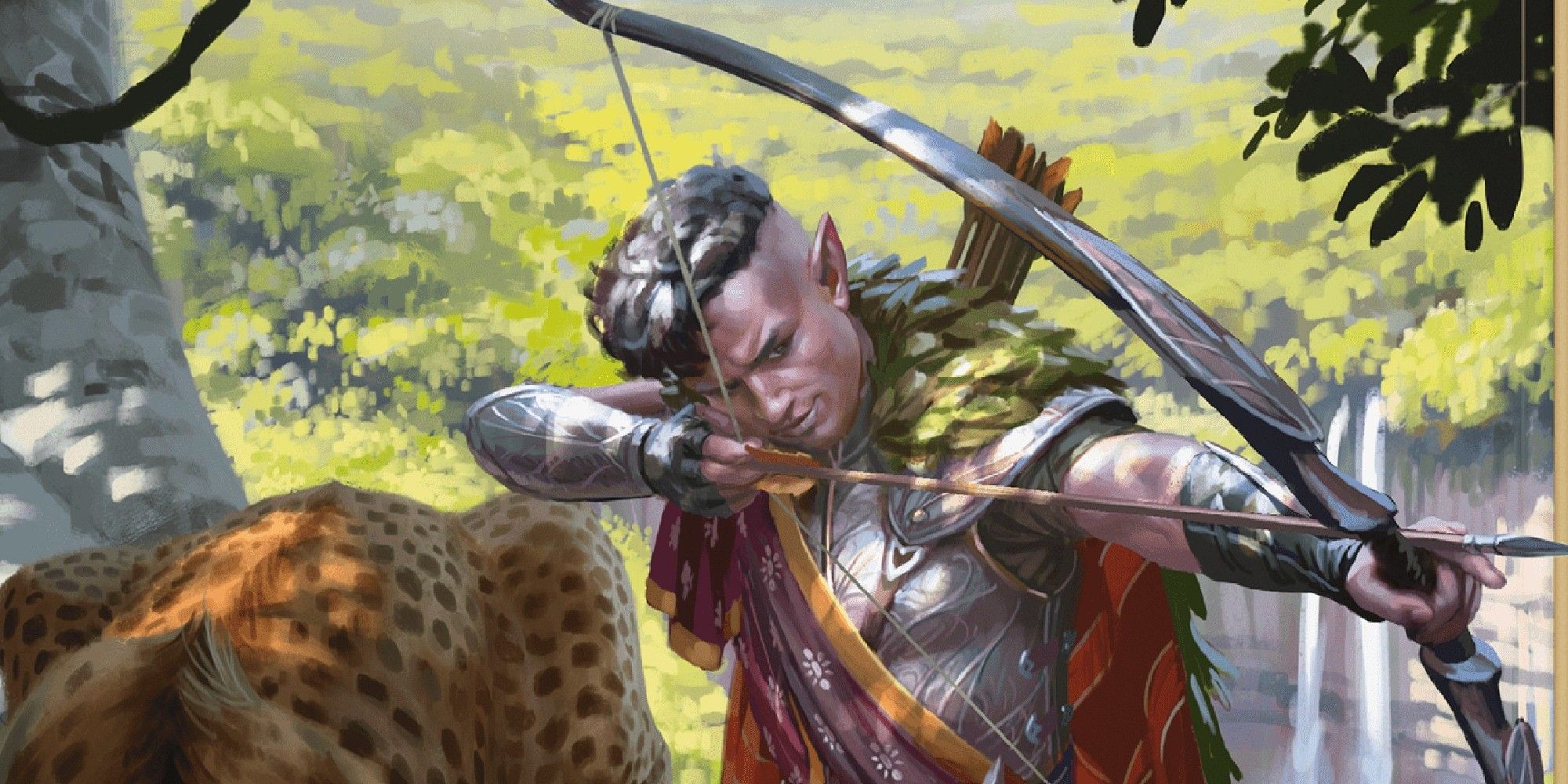
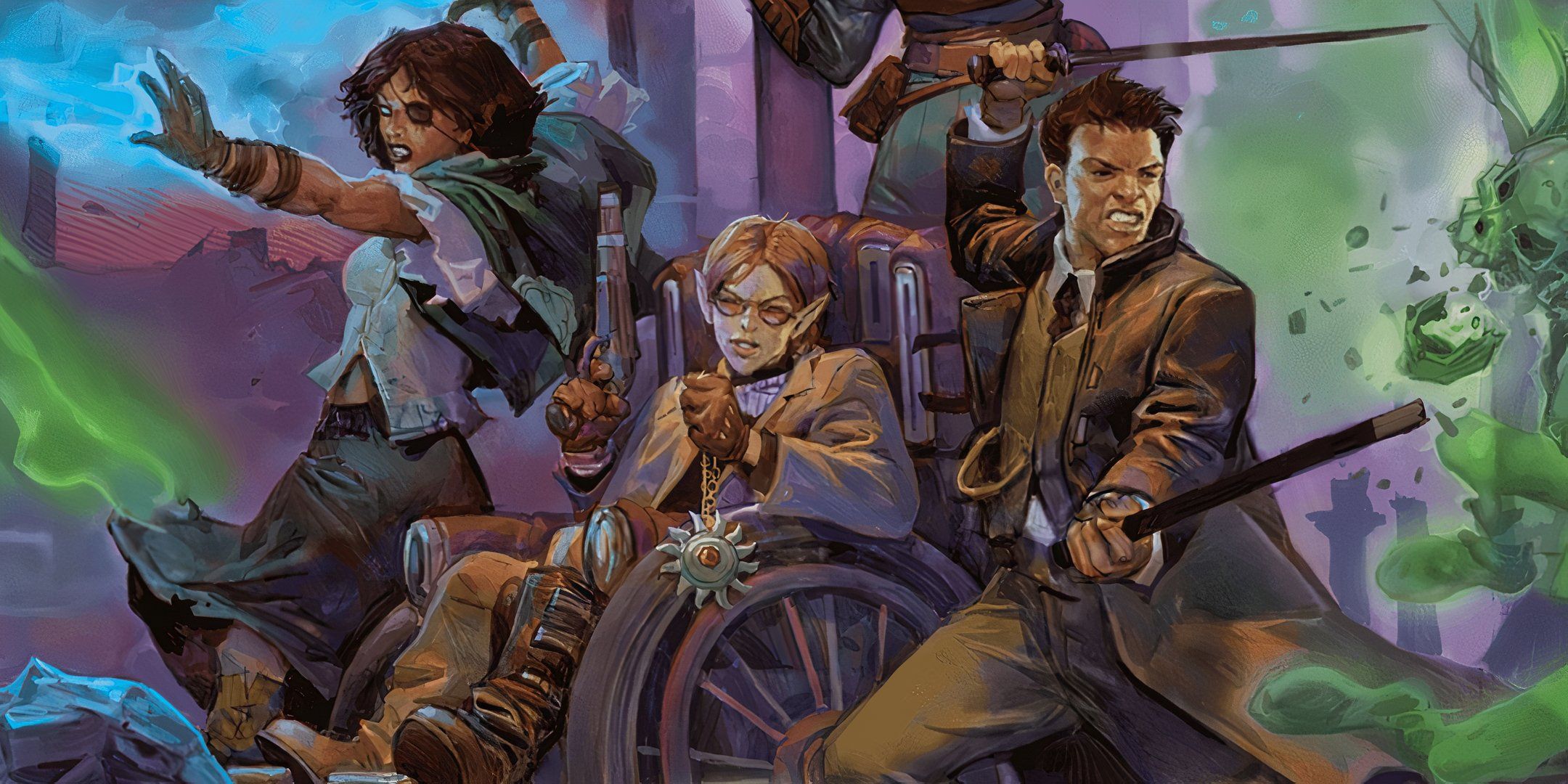
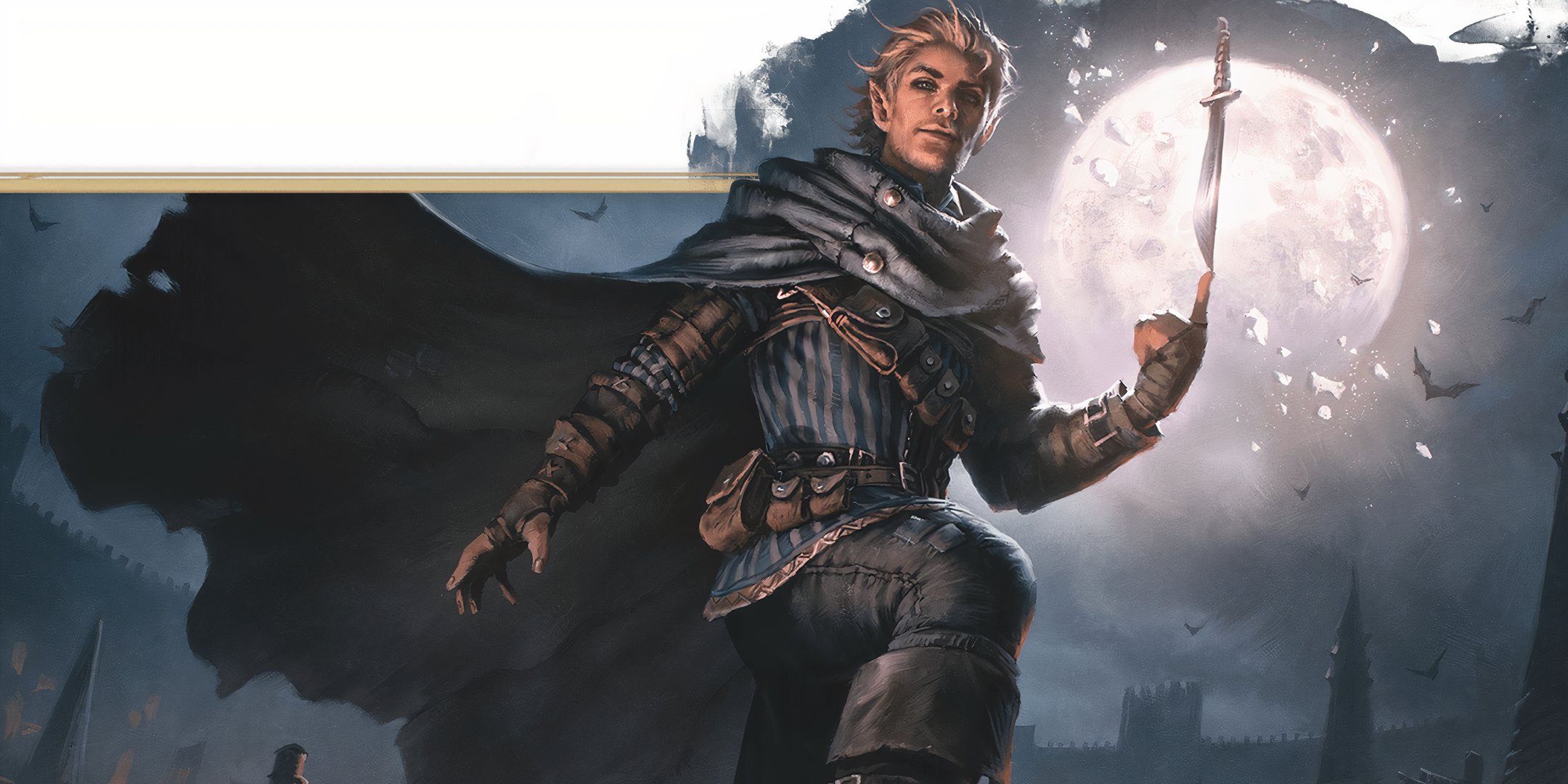
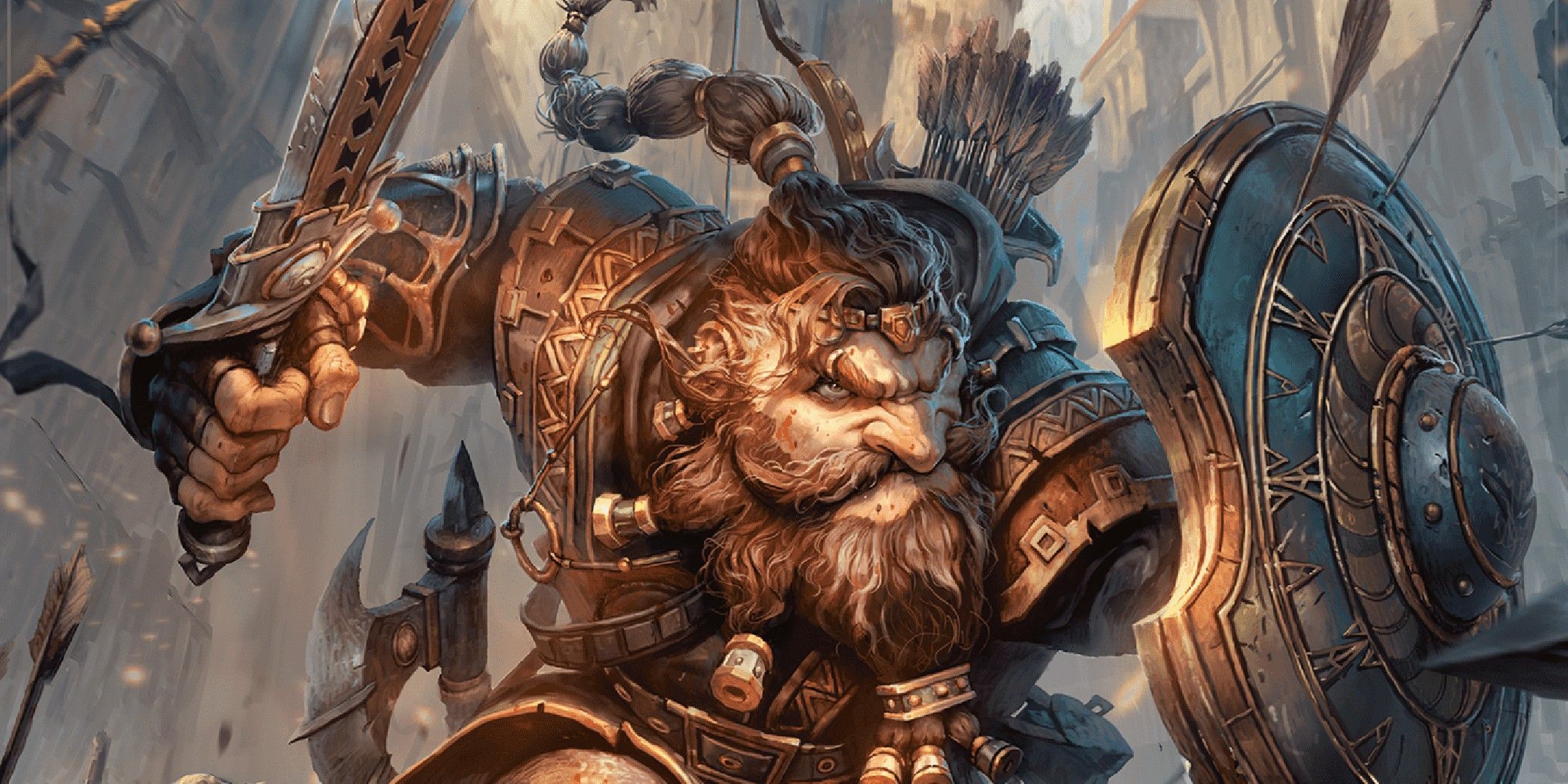
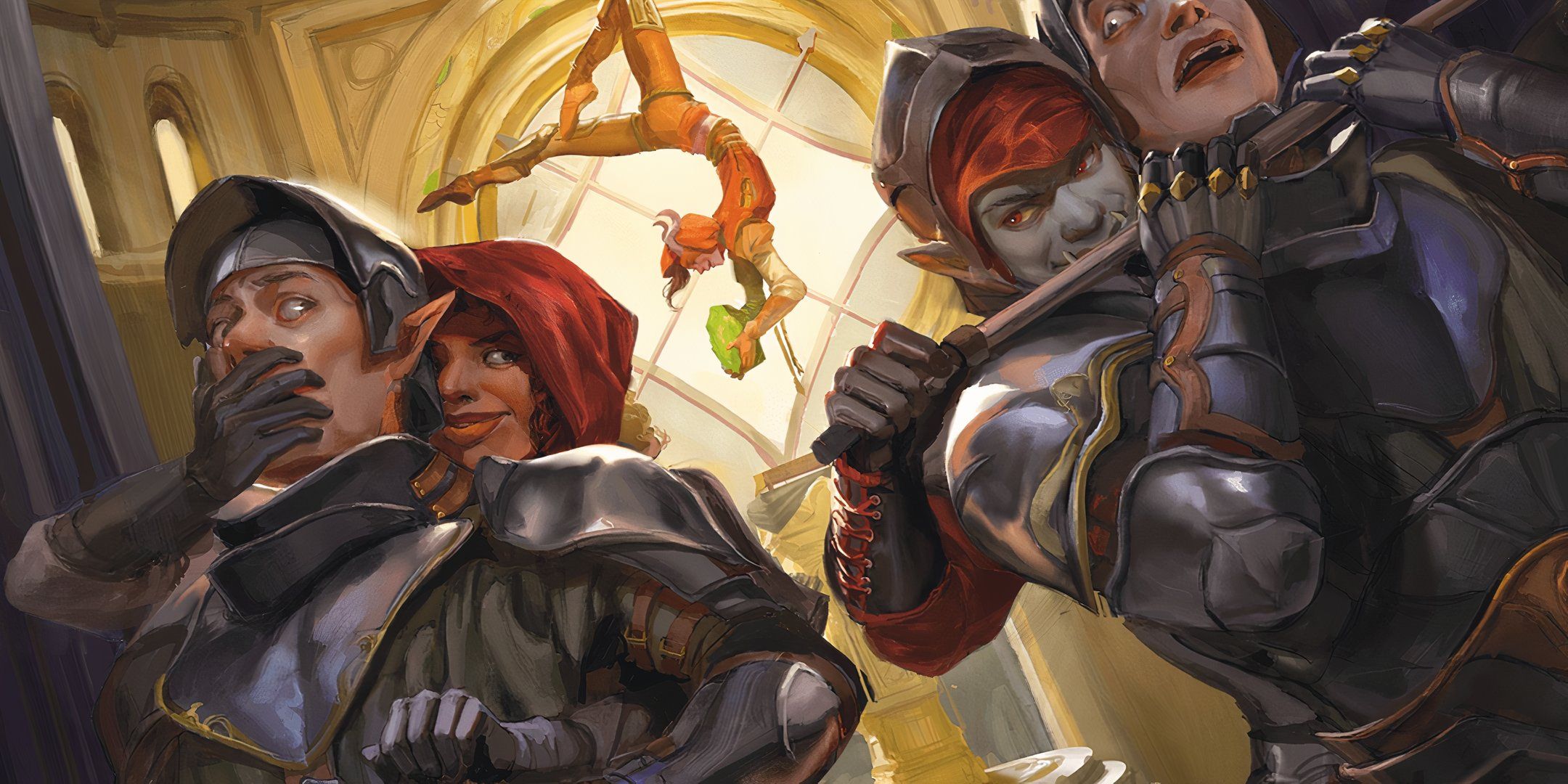
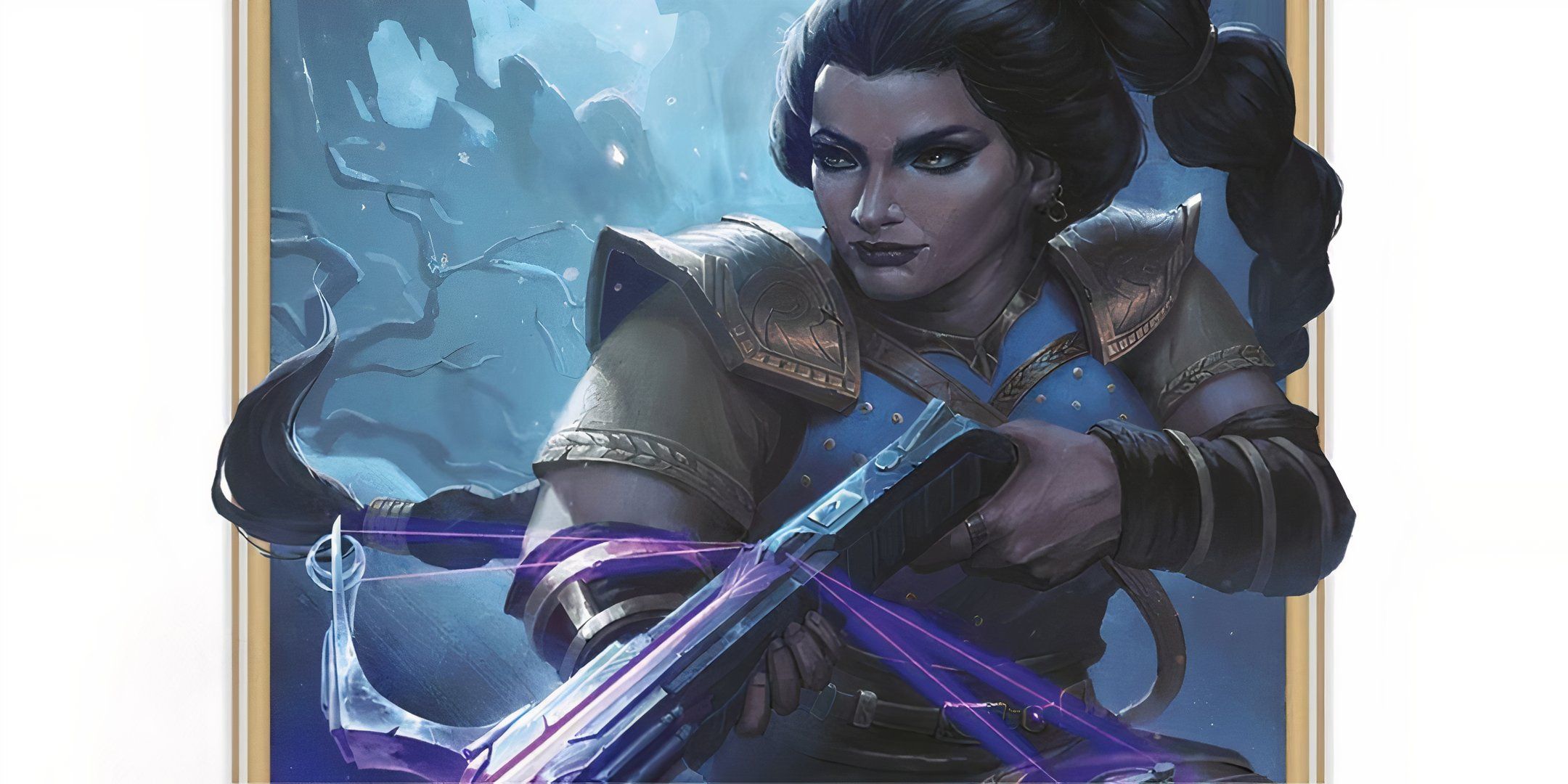
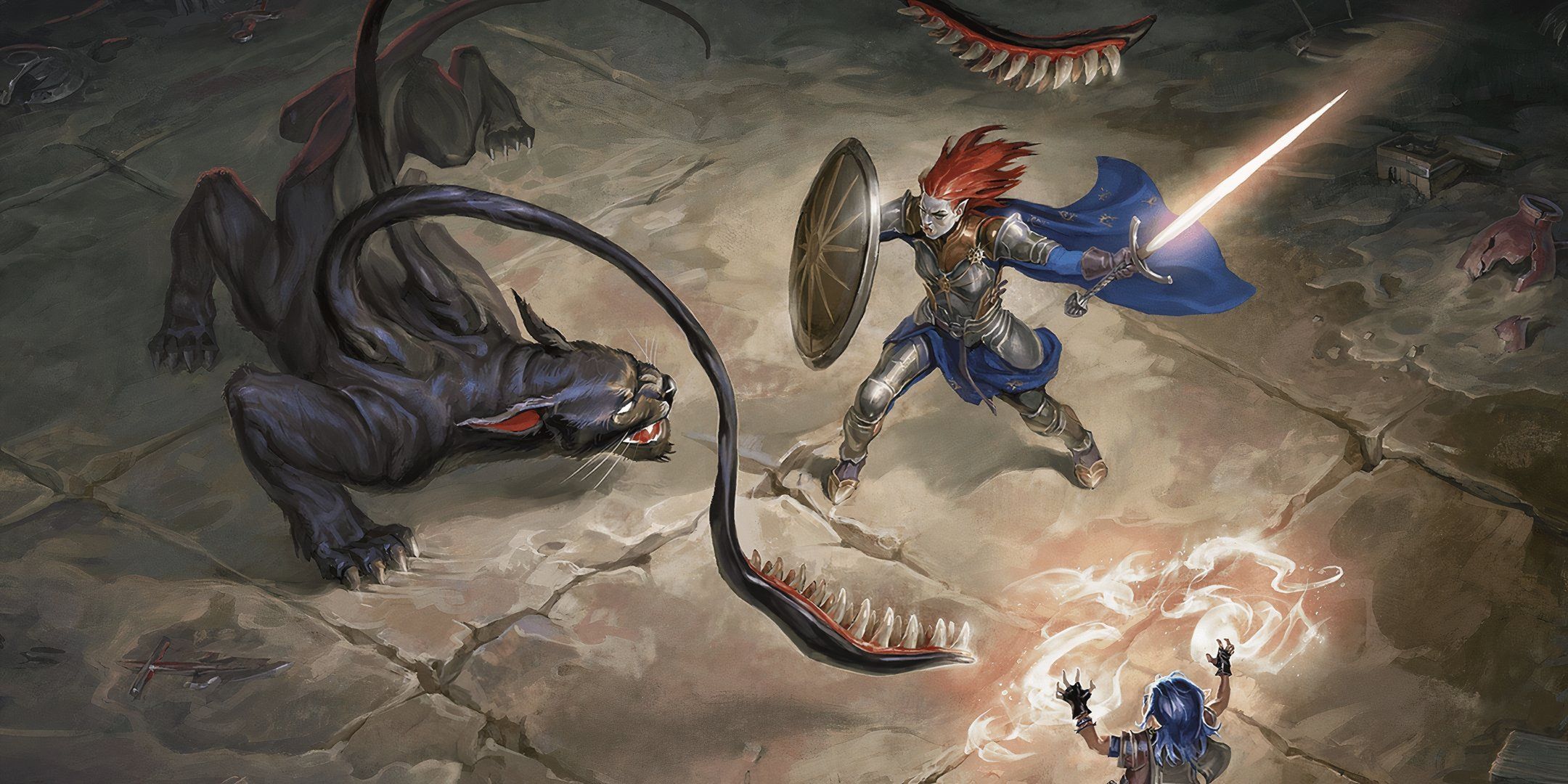

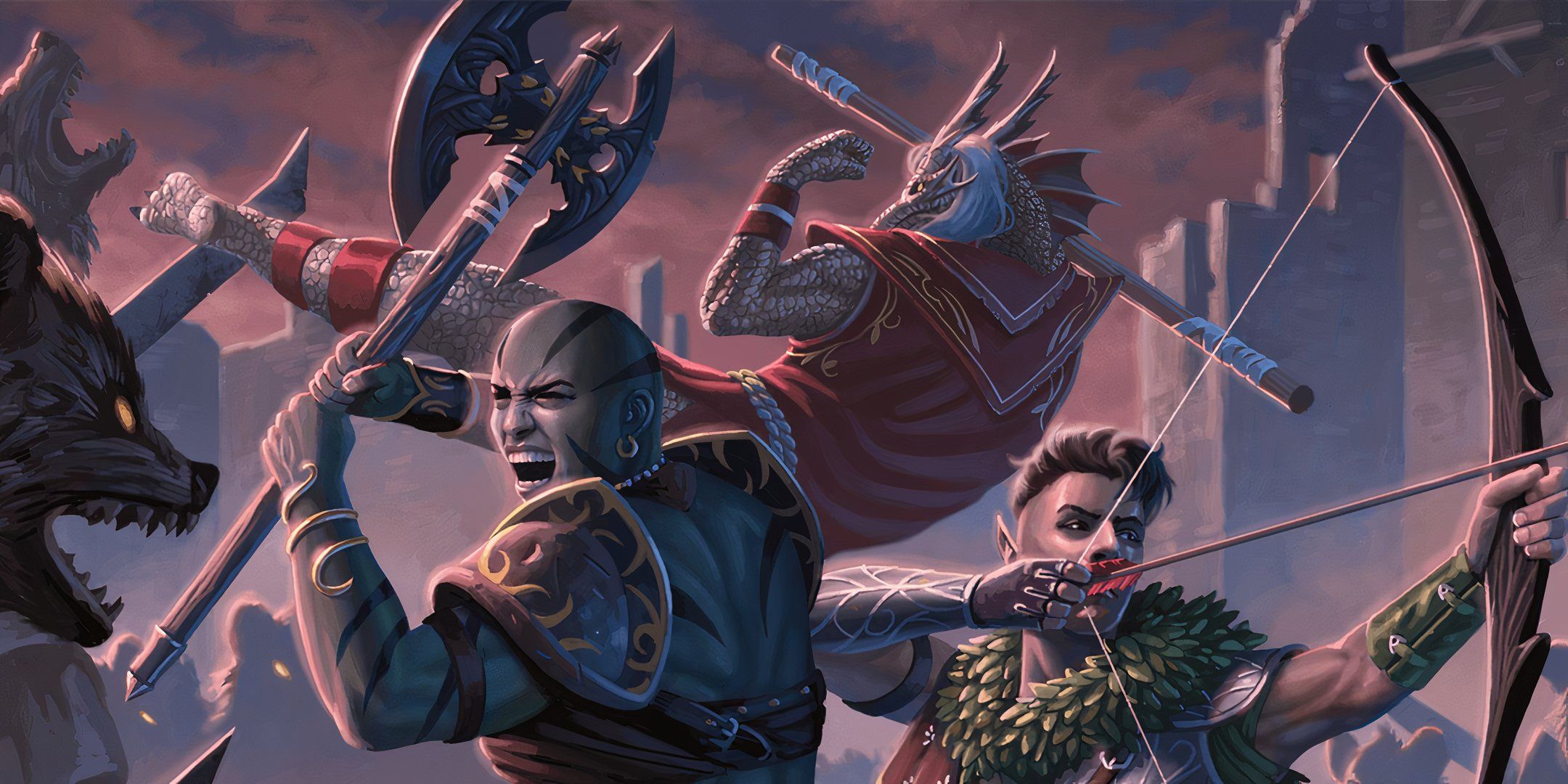
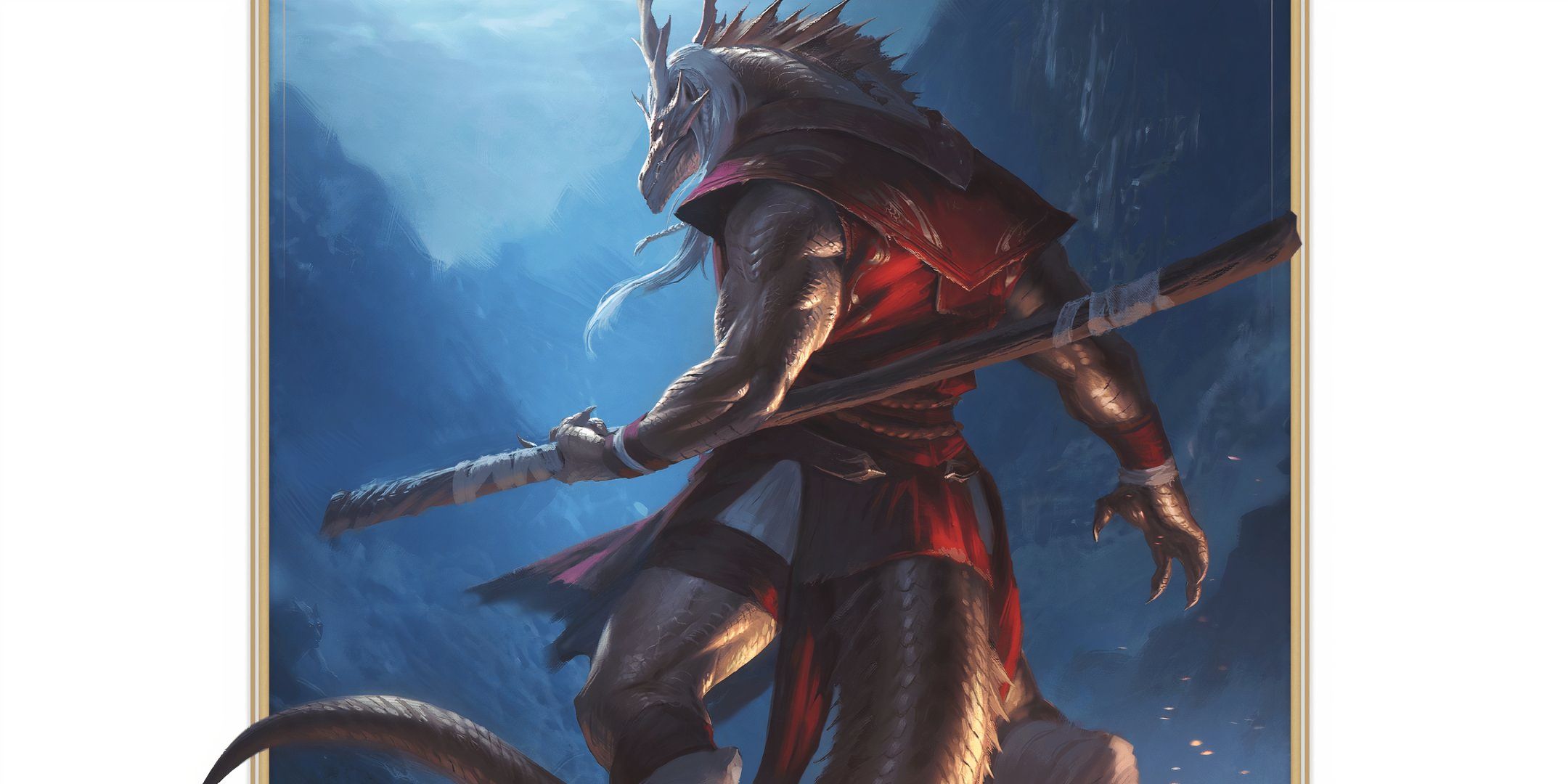
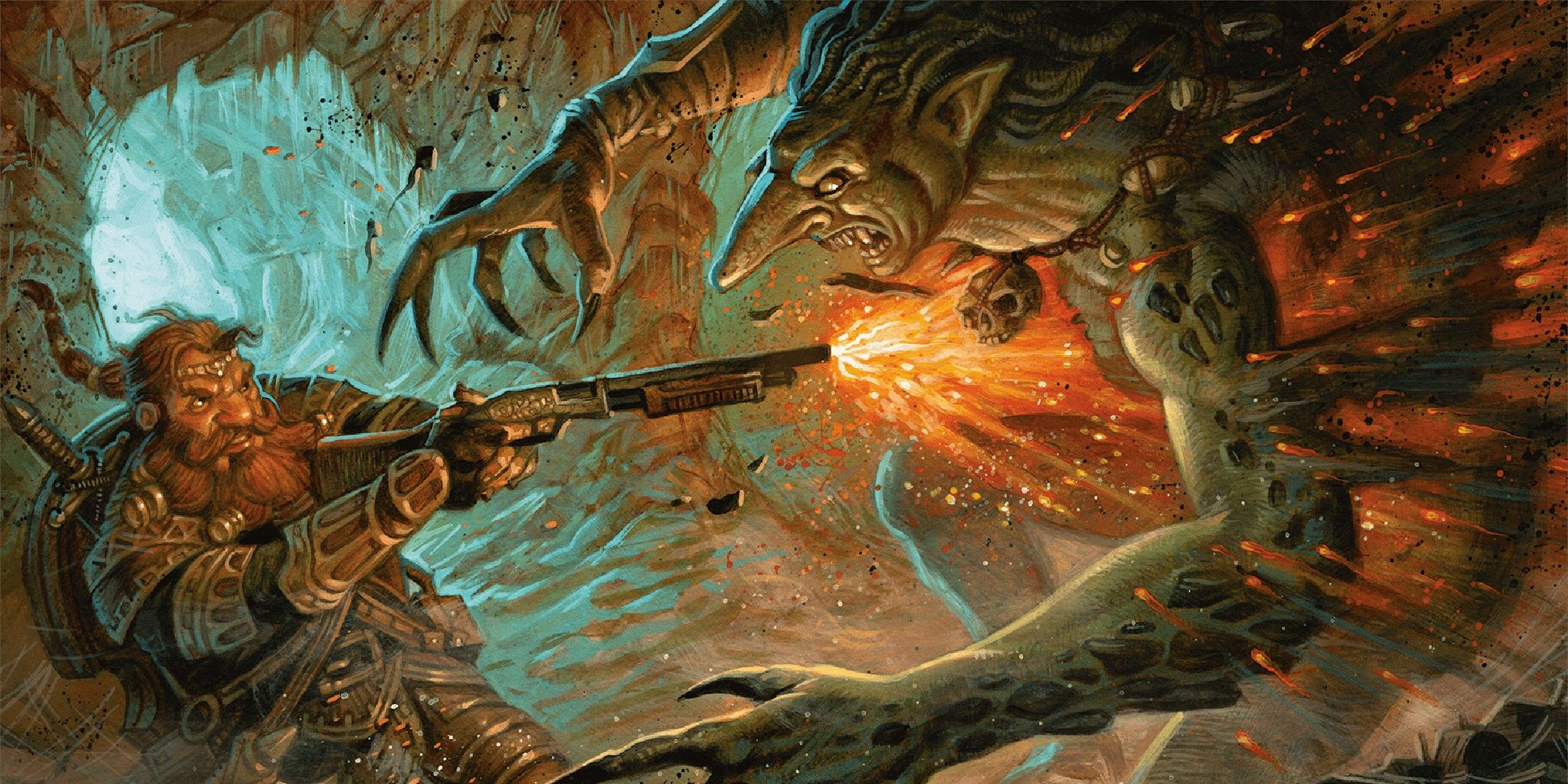





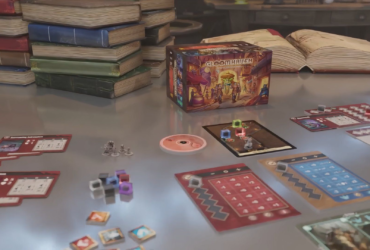
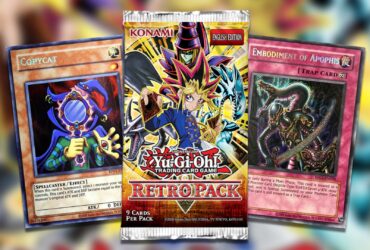


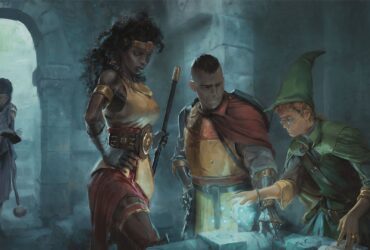
Leave a Reply